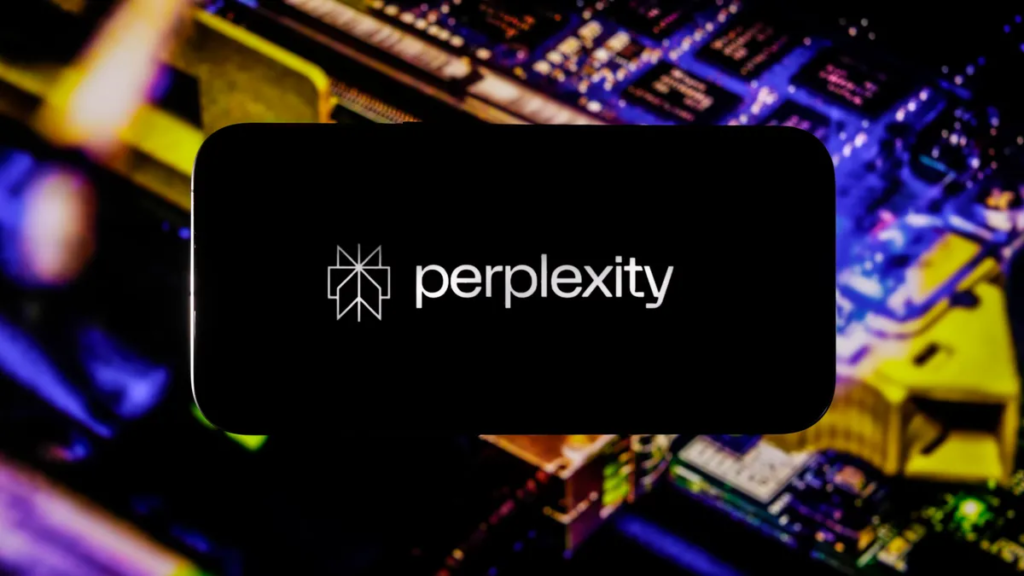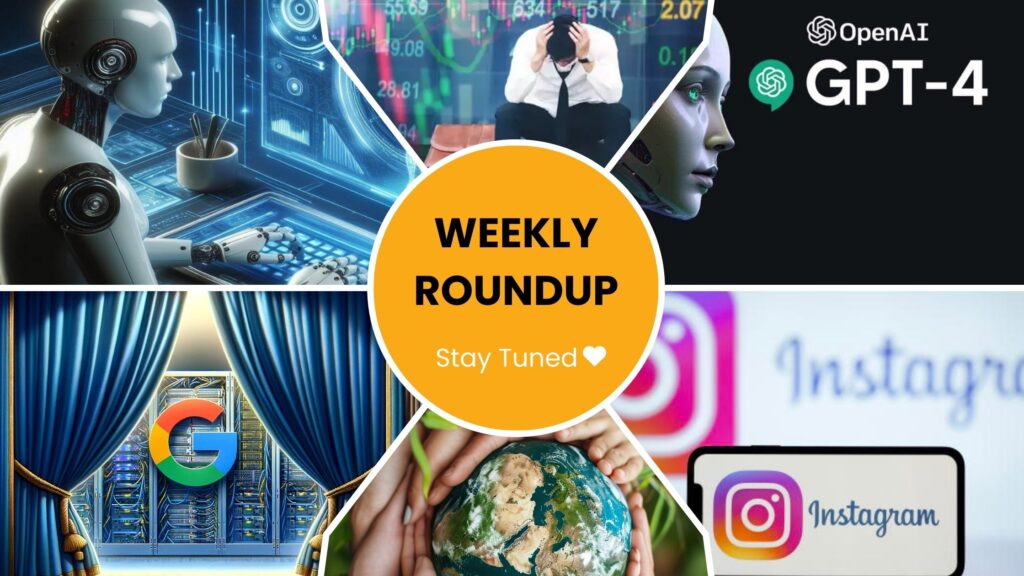To grasp Perplexity AI, we need to start with its essence. In the realm of artificial intelligence, perplexity is a statistical measure used to evaluate the performance of language models—those clever systems that power chatbots, voice assistants, and text generators. At its simplest, it assesses how accurately a model predicts the next word in a sequence based on the words that came before it. For example, given the phrase “The sky is…,” a well-trained model might predict “blue” with high confidence. Perplexity quantifies this confidence: a lower score means the model is more certain and accurate, while a higher score indicates uncertainty or error.
In technical terms, perplexity is calculated using the probability distribution a model assigns to possible next words. If the model strongly predicts the correct word, its perplexity score drops, signaling a robust understanding of language patterns. This predictive ability is what makes Perplexity AI so valuable—it’s not just about guessing words; it’s about decoding the structure and meaning behind human communication. From powering conversational AI to analyzing vast datasets, this metric underpins tools that are reshaping how we interact with technology.
For the average user, Perplexity AI might sound abstract, but its impact is tangible. It’s the reason your virtual assistant understands your commands or why a chatbot can respond coherently to your questions. For businesses, it’s a tool to unlock deeper insights and efficiencies. Let’s explore how it came to be and why it’s gaining traction now.
The Rise of Perplexity AI: A Product of AI Evolution
The story of Perplexity AI’s rise is tied to the broader evolution of artificial intelligence, particularly in machine learning and data analytics. A decade ago, AI was a niche field, limited by computing power and data availability. But as technology advanced—think faster processors, cloud computing, and massive datasets—AI models grew more sophisticated. Natural language processing, in particular, took a leap forward with the advent of transformer models (like those powering ChatGPT and others), which excel at understanding context and generating text.
Perplexity AI emerged as a critical tool in this landscape. As businesses and researchers developed increasingly complex language models, they needed a reliable way to measure their performance. Enter perplexity: a metric that quantifies how well these models “get” language. The lower the perplexity, the better the model performs, making it a benchmark for improvement. This demand for precision fueled Perplexity AI’s growth, especially as companies realized AI could do more than automate tasks—it could provide strategic advantages.
Today, Perplexity AI isn’t just a theoretical concept; it’s a practical asset. Its rise reflects a shift in how we view AI: not as a sci-fi fantasy, but as a tool for solving real problems. From startups to global corporations, the push to leverage language models has made Perplexity AI a buzzword worth understanding.
How Does Perplexity AI Work? A Peek Under the Hood
To truly appreciate Perplexity AI, let’s break down how it operates. At its core, it’s a predictive engine. Imagine you’re typing a sentence: “I love to…” A language model trained with Perplexity AI analyzes the words “I love to” and assigns probabilities to potential next words—perhaps “eat” (30%), “travel” (25%), or “read” (20%). Perplexity then measures how surprised the model would be if the actual next word (say, “read”) matches its prediction. A low perplexity score means the model expected “read” and got it right; a high score means it was caught off guard.
Mathematically, perplexity is the exponential of the average negative log-likelihood of a sequence. Don’t worry if that sounds complex—it’s just a fancy way of saying it calculates how uncertain a model is. The process involves:
- Input Analysis: The model takes a sequence of words as input.
- Probability Assignment: It generates a probability distribution for the next word.
- Scoring: Perplexity evaluates how well these probabilities align with reality.
- Refinement: Lower scores guide developers to tweak the model for better accuracy.
This cycle is what powers Perplexity AI’s magic. It’s not just about words—it’s about understanding context, syntax, and intent. For businesses, this translates into tools that can predict customer needs, analyze trends, or automate responses with uncanny precision.
Why Perplexity AI Matters in Business: Unlocking Competitive Edges
In a world where data is king, Perplexity AI is a crown jewel for businesses. Companies are drowning in information—customer feedback, sales records, social media posts—and turning that into actionable insights is a challenge. Perplexity AI steps in by decoding language patterns, offering a lens into what customers think, want, and need. Here’s how it delivers value across key business areas:
Data Analysis and Decision-Making
Perplexity AI shines in data analysis. By sifting through text—think emails, reviews, or survey responses—it identifies patterns that reveal customer preferences or market shifts. For example, a retailer might use it to spot recurring complaints in reviews, prompting a product tweak. These insights fuel data-driven decisions, reducing guesswork and boosting outcomes like sales or retention.
Enhancing Customer Experience
Customer service is a battleground, and Perplexity AI gives businesses an edge. It powers chatbots and virtual assistants to understand queries and respond naturally. Imagine a customer asking, “Where’s my order?” A Perplexity AI-driven bot can parse the question, check tracking data, and reply with a personalized update—all in seconds. This seamless interaction builds loyalty and satisfaction.
Operational Efficiency and Cost Reduction
Time is money, and Perplexity AI saves both. By automating tasks like summarizing reports, answering FAQs, or flagging urgent emails, it frees staff for higher-value work. A logistics firm, for instance, might use it to process driver logs, cutting hours of manual review. Over time, these efficiencies add up, slashing operational costs significantly.
Real-World Applications of Perplexity AI: From Theory to Practice
Perplexity AI isn’t confined to research labs—it’s out in the wild, transforming industries. Here’s a snapshot of its practical uses:
- Healthcare: Analyzes patient notes to predict health risks, aiding doctors in early intervention.
- Finance: Detects fraud by spotting anomalies in transaction descriptions or customer inquiries.
- Retail: Enhances product recommendations by understanding review sentiment.
- Logistics: Optimizes delivery schedules by interpreting driver feedback and traffic data.
These examples show Perplexity AI’s versatility—it’s a Swiss Army knife for modern challenges.
Perplexity AI Across Industries: A Universal Tool
Its adaptability makes Perplexity AI a fit for nearly any sector:
- Media & Entertainment: Suggests shows based on viewer comments or reviews.
- Education: Tailors lessons by analyzing student responses or learning gaps.
- Public Sector: Assesses public sentiment from social media for policy insights.
- Travel: Predicts booking trends from customer inquiries.
Wherever language data exists, Perplexity AI can add value.
Integrating Perplexity AI into Your Business: A Practical Guide
Ready to bring Perplexity AI into your operations? It’s a powerful ally, but success requires strategy. Here’s how to make it work:
Steps for Implementation
- Assess Needs: Identify pain points—slow support, unclear data, high costs—and set goals.
- Select Tools: Research Perplexity AI platforms (e.g., open-source models or vendor solutions) that align with your objectives.
- Build a Team: Assemble data scientists, IT pros, and managers to oversee integration.
- Start Small: Test with a pilot project—like a chatbot for one department—then scale after refining.
- Monitor & Adjust: Track performance metrics (e.g., response accuracy) and tweak as needed.
Overcoming Challenges and Limitations
AI isn’t perfect. Its predictions depend on quality data—feed it noise, and you’ll get noise back. Plus, finding experts to manage it can be tricky; AI talent is in high demand. Mitigate this by investing in training and starting with clean, structured data. The effort pays off with sharper insights and efficiency gains.
The Future of Perplexity AI: Innovation on the Horizon
The future of Perplexity AI is electric with possibility. As AI tech advances—think quantum computing or better algorithms—its applications will deepen. Expect it to power more intuitive chatbots, sharper analytics, and even creative tasks like drafting reports. Businesses that adopt it early will lead the pack.
Ethical Considerations and Best Practices
Ethics matter. Protect user data with transparent practices—customers want to know their info is safe. Avoid bias in training data to ensure fair outcomes. Responsible use builds trust and maximizes impact.
Predictions and Trends
AI could soon be standard in boardrooms. Companies ignoring AI risk obsolescence as competitors leverage it for agility and insight. The trend is clear: AI adoption is accelerating, and Perplexity AI is at the forefront.
Conclusion: Why Perplexity AI Is Your Next Step
Perplexity AI is no fleeting trend—it’s a cornerstone of modern AI with the power to transform businesses. By understanding language and predicting patterns, it delivers smarter decisions, happier customers, and leaner operations. Embracing it isn’t just about staying current; it’s about seizing a future where innovation drives success. Whether you’re a startup or a titan, Perplexity AI offers a path to growth—start exploring it today.






